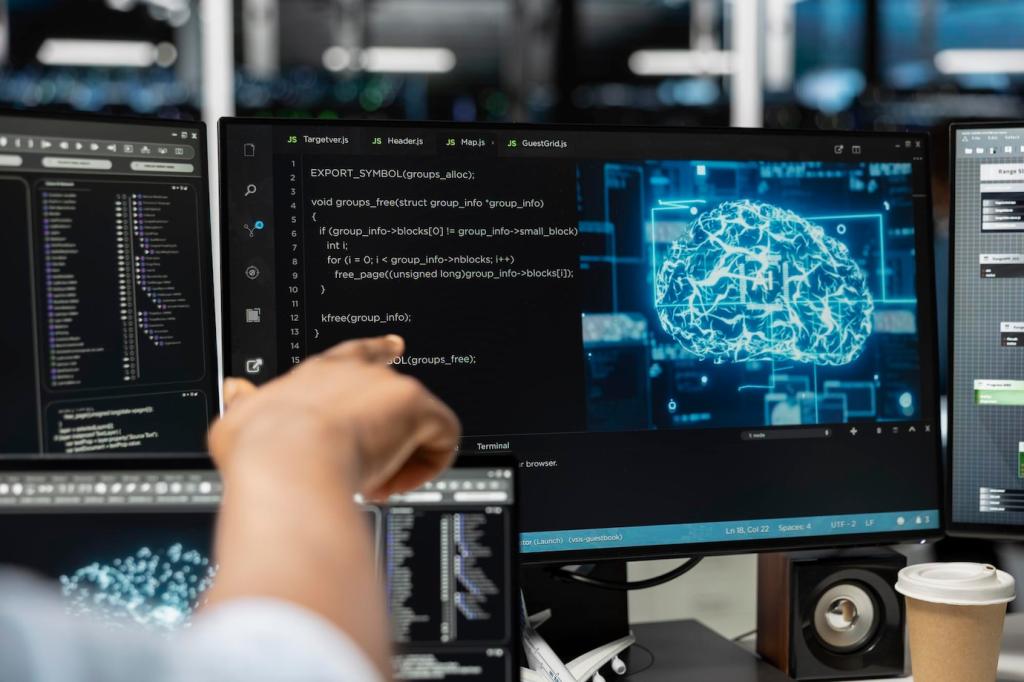AI-Driven Trends in Graphic Design
Artificial intelligence is rapidly transforming the landscape of graphic design, introducing new methods, workflows, and aesthetics that were previously unimaginable. As AI technologies become more advanced and accessible, designers are leveraging them to streamline creative processes, generate novel ideas, and redefine the boundaries of visual storytelling. This page explores the latest AI-driven trends in graphic design and examines how these advancements are shaping the future of the industry.
Generative Design and Creative Exploration
Autonomous art generation refers to the use of AI models that can create original artwork with minimal human input. These tools analyze large datasets of images and styles to produce unique visual compositions tailored to specific requirements. Whether generating backgrounds for websites, creating custom illustrations, or experimenting with new aesthetics, designers can rapidly iterate and discover innovative solutions with the help of AI. This not only helps inspire creative directions but also frees up time for designers to focus on refinement, storytelling, and user experience.

Personalization and User-Centric Design
Dynamic Visual Adaptation
Dynamic visual adaptation uses AI to automatically tailor graphics and layouts to suit each user’s device, preferences, and behavior. For example, AI can modify color schemes, image placements, and typography for optimal readability and engagement. This technology extends to personalized marketing materials, branded content, and websites that feel custom-crafted for each visitor. Delivering design elements that respond to user data not only increases satisfaction but also drives higher conversion rates and brand loyalty by providing meaningful, context-aware interactions.
Interactive Content Generation
With the advent of AI, it is now possible to create personalized interactive experiences that react to user choices and inputs. AI-driven platforms can generate unique illustrations, infographics, or animations on the fly, based on data collected from the user journey. This approach facilitates creative storytelling and customer engagement by giving users an active role in shaping the content they consume. As a result, brands can foster deeper connections and more memorable user experiences, making personalization a key differentiator in the digital marketplace.
Hyper-Targeted Visual Messaging
AI’s ability to analyze vast amounts of data has given rise to hyper-targeted visual messaging strategies. Marketers and designers can now craft campaigns that automatically adapt graphics to match the preferences, habits, and cultural background of each audience segment. This approach involves everything from adjusting visual styles and imagery to local languages and traditions, ensuring that every piece of content resonates with its intended viewers. The rise of these tailored visuals marks a shift from one-size-fits-all communication to highly nuanced, audience-specific design.
Previous
Next
